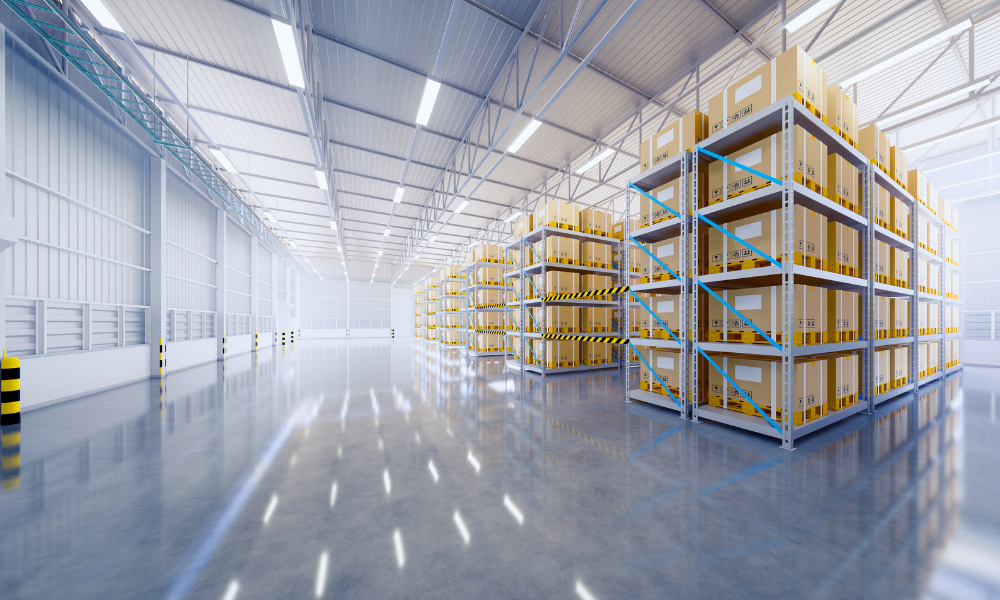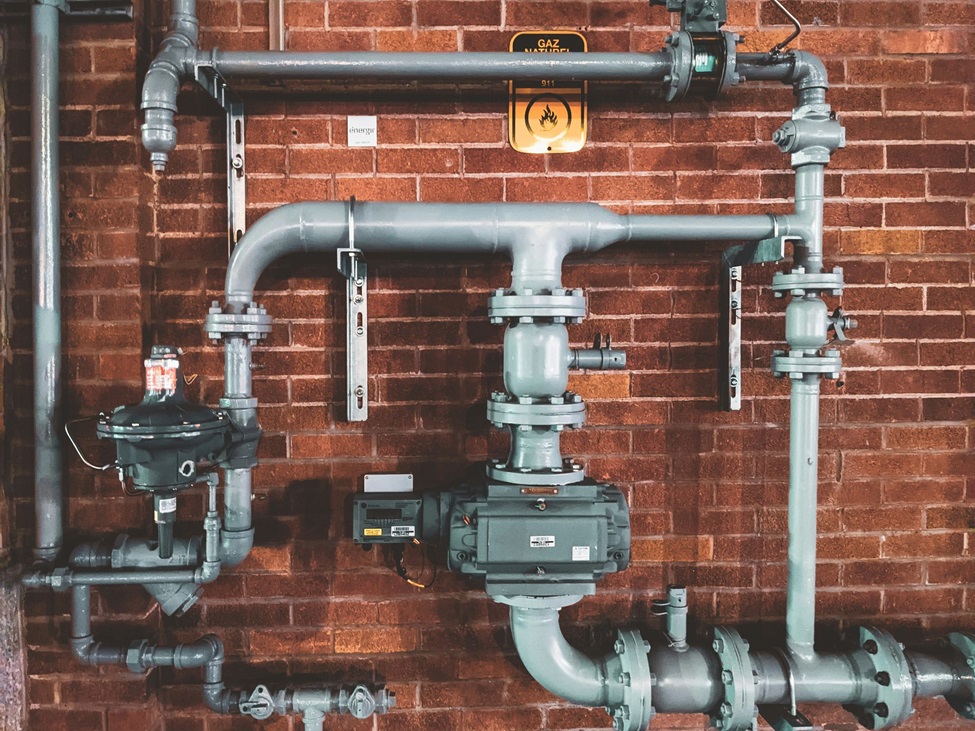Renting warehouse space is an important decision for many businesses. Selecting the right warehouse helps optimize operations and costs. They assess your space requirements. Consider current needs and projected growth. Will additional space be required in the future? Outline dimensions needed for inventory storage, product assembly, shipping/receiving, and office functions. Understanding space requirements is essential for selecting the right-sized warehouse. Next, determine design needs. Do you need a large open space or separate partitioned areas? What types of doors are needed dock doors, drive-in doors, or standard entrance doors? Define workflow patterns and where key activities will take place. This will guide optimal warehouse layout and design.
Also, consider materials handling needs. What equipment are required conveyors, racks, lift trucks, or automation systems? Define necessary ceiling clearances, weight loads, and power requirements. Your materials handling needs will impact warehouse selection. Importantly, analyze location factors. Proximity to suppliers, customers, labor pools, and transportation infrastructure should be assessed. Easy access to major highways and rail lines is advantageous. Geographic location relative to markets served is a crucial consideration.
In addition, examine technological requirements. Determine internet, phone, security, and data needs. Technology upgrades are costly so understand system requirements upfront. Modern warehouses often utilize the advanced IT infrastructure. Furthermore, research zoning regulations and local business laws. Industrial zoning is essential for warehouse use approval. Licensing, permits, insurance obligations, and fire codes must be followed. Consult professionals to ensure regulatory compliance. Now you can search for available warehouse spaces in target geographic areas. Listings are sourced through commercial real estate brokers, industry associations, and online property databases. Visit top choices in person for tours.
Evaluate access, traffic patterns, neighbourhood security, and condition of buildings. Select options that match space, design, location, and technology needs. Compare Factory for Rent in Thailand rates and look for incentives like rent-free months. Vet each landlord thoroughly. Ask about their financial strength, reputation, and service history. Strong landlord relationships support long-term leasing success. Property managers should be responsive to maintenance issues. Inspect safety features like fire sprinklers, alarms, and security systems. Check for structural defects and potential hazards. Consider the FcanFrisks of natural disasters if located in vulnerable regions. Avoid facilities requiring major repairs.
Once a warehouse is selected, negotiate lease terms carefully. Contract duration, rent increases, renewal options, and build-out provisions should be addressed. Understand obligations for maintenance, insurance, and taxes. Hire legal counsel to ensure favourable lease terms. In summary, finding the ideal rented warehouse space requires assessing your requirements, researching options extensively, and negotiating favourable lease terms. This process to an optimal facility supports business operations and growth. With careful planning, renting warehouse space is advantageous for many enterprises.




